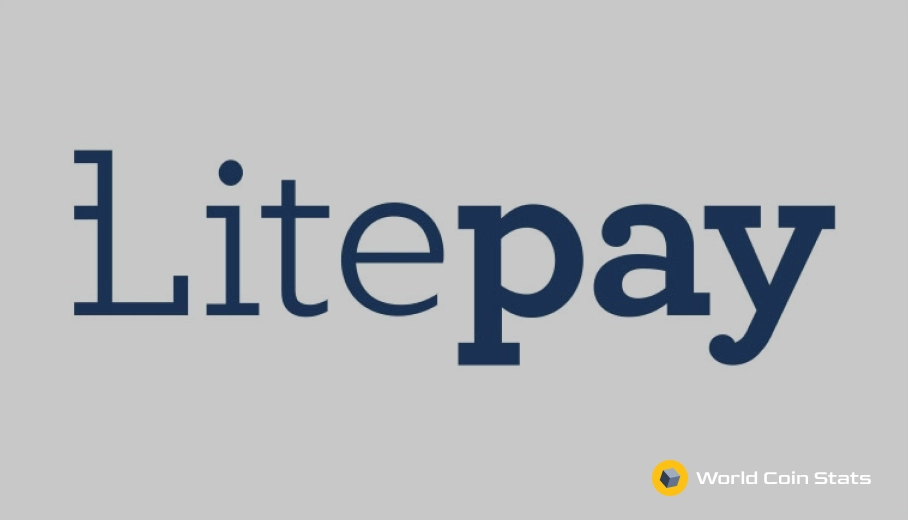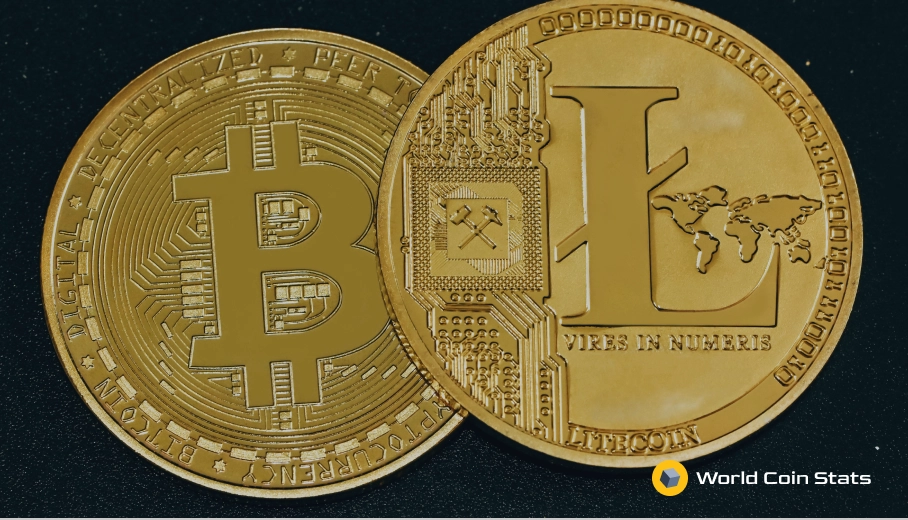What is (was) LitePay?
If Bitcoin is digital gold, then Litecoin is digital silver. It’s basically a more lightweight version of Bitcoin with faster transaction speeds and lower fees. However, there was an announcement in 2017 that led many to believe Litecoin could compete with Bitcoin and BitPay.
This announcement was something called LitePay. LitePay, an independent company, announced they were releasing a Litecoin wallet with an attached debit card that would allow people to easily spend their Litecoin at merchants that accepted Litecoin.
This article will explain what LitePay promised, what happened to it, and the lessons we learned from it.
Contents
Here’s What LitePay Promised
As mentioned previously, LitePay promised the ability for merchants to accept payments in Litecoin. The key part, and mostly why it failed, is that it had a partnership with Visa for issuing LitePay debit cards and merchant processing.
Anyway, a user would pay a Litecoin invoice at a locked-in exchange rate, the Litecoin would be converted to fiat currency, and the fiat currency would be deposited into the merchant’s bank account.
A fairly simple process – it would essentially replace credit card transactions with Litecoin transactions.
It’s important to note with all this that LitePay was a separate entity from the Litecoin Foundation. Of course, it did receive a small amount ($50,000) of funding from the Litecoin Foundation.
Did LitePay Affect The Price of Litecoin?
Yes, LitePay caused a massive 30% increase in the price of Litecoin when it was announced. Investors were extremely excited as they saw this as a solution that could really make Litecoin popular.
Unfortunately, the price of Litecoin collapsed when LitePay collapsed. Charlie Lee, the founder of Litecoin, even had to come out and issue an apology about getting too excited about LitePay.
What Happened To LitePay
So, LitePay ran into a few problems. The first one is that Visa suspended an account because it was not registered as a proper business.
This meant that LitePay had to spend all the funding money they received from the Litecoin Foundation and venture capital on verifying businesses.
That was basically a death blow to LitePay.
Subsequently, the company ran out of money. The CEO, Kenneth Asare, announced that LitePay was closing on March 27, 2018.
Asare tried to sell the company, but he could not find any buyers. The company eventually dissolved.
Lessons Learned From LitePay
There are a few valuable lessons that can be learned from the story of LitePay. This section will outline a few of those lessons.
Cryptocurrencies Are More Than Their Payment Processors
The first lesson learned from LitePay is to not put too much trust in cryptocurrency payment processors. The reason for this is pretty simple:
A cryptocurrency payment processor is a centralized solution. One of the biggest selling points about cryptocurrencies is that they are decentralized by design. There is no central authority that can reject a transaction. The entire ecosystem operates in a trustless system – miners, the only people that could hypothetically reverse a transaction, don’t mess with transactions because it would make the cryptocurrency worthless.
It’s impossible.
Once a transaction is confirmed, then there is nothing that can be done to reverse it.
LitePay, and other similar solutions, make it easier for businesses to receive cryptocurrency as payment. However, cryptocurrency does not need these payment processors for success.
In the case of LitePay, a centralized company (Visa) was basically the reason that the entire business collapsed, which just highlights the problems with centralization.
Solutions Will Eventually Appear
It’s not necessary for these solutions to appear for cryptocurrencies to see success. But these solutions do reduce friction.
Businesses are typically weary about accepting a volatile form of payment like Litecoin or Bitcoin. A 30% loss in the value of the coin is a normal occurrence. And a price swing like that could easily wipe out all the profit margin for the day/week/month.
Businesses don’t like to have that risk.
So, it is important that these solutions exist.
The good news with this is that these solutions were eventually formed after LitePay collapsed. LitePay was simply a little too early to the party, but they did forge a trail for the next cryptocurrency payment processor.
To summarize, the lesson is that these solutions will eventually appear if there is enough interest. People like making money and will figure out a solution (ie. a business) if it is profitable to do so.
Cryptocurrency Is A Long Term Investment
Finally, another lesson from LitePay is that cryptocurrency is a long term investment. A lot of investors purchased Litecoin when LitePay made the announcement about debit cards.
This was obviously a mistake as the company soon folded.
Anyway, the price of Litecoin at the time LitePay folded was $140. The current price of Litecoin is 30% higher at $189. But it was even higher a few weeks prior at $370.
This shows that, yes, you would have made your money back if you bought the LitePay announcement. Sure, it would take a little over 3 years, but not many investments pay out a 2.5x return even 3 years later. The stock market index would certainly not pay that.
Final Thoughts
To sum up LitePay, it was a failed cryptocurrency payment processor. The problems arose mostly from Visa requiring the company to check that businesses were in fact legal businesses. This caused LitePay to burn all their investor funds, no new investment could be obtained, and the company soon folded.
Replacements to LitePay were eventually formed and the price of the coin eventually recovered. The main lesson learned from all this is that while these centralized ‘Layer 2’ solutions reduce friction; they are not the ultimate solution. Decentralization is the ultimate solution. These centralized ‘layer 2s’ are simply a stepping stone to full decentralization.




